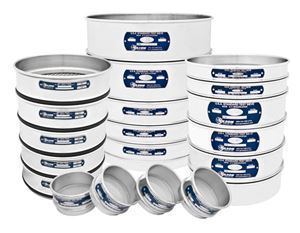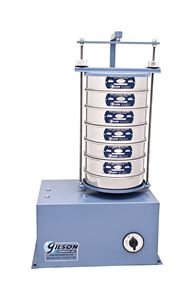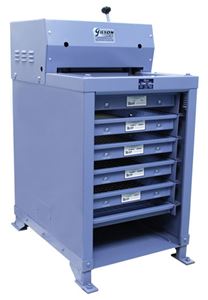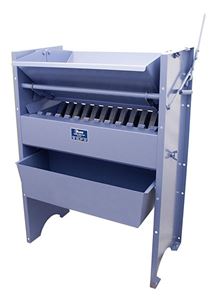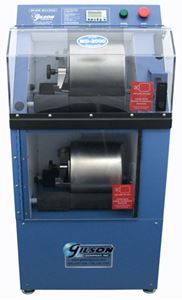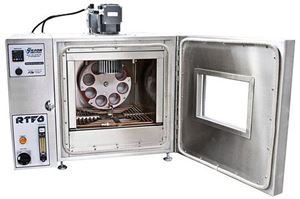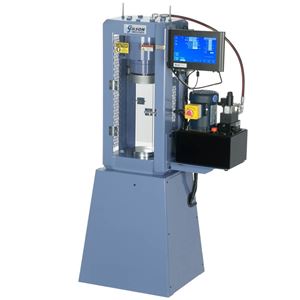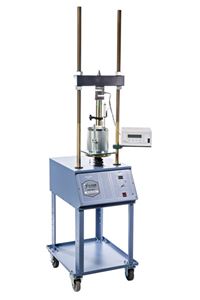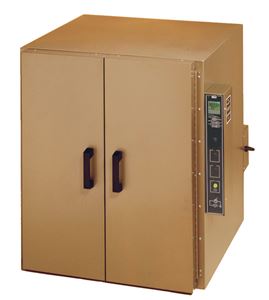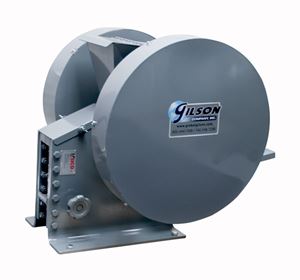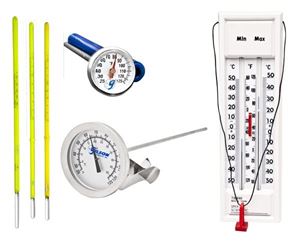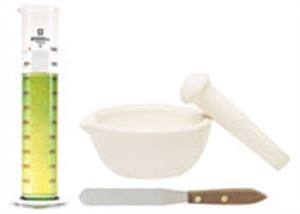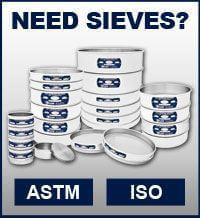- Log in
- Favorites List
-
Shopping Cart
You have no items in your shopping cart.
- Gilson Chat
Triaxial Load Frames
Triaxial Load Frames are used to determine shear strength tests, or stress-strain relationships, performed in geotechnical testing labs. Soil specimens for triaxial tests are mounted in test cells pressurized with water to create a confining pressure. This replicates the confining pressures typically found in the field.
To perform the test, a test cell is loaded axially in a load frame, and load is applied axially to determine the stress-strain relationship. This provides information about the sample’s shear resistance, strength, and cohesion for predicting slope stability and structural foundation behavior.
Servo Control Load Frames, 0.00001–2in/min, 10,000/20,000lbf

The Gilson Servo Control Load Frames feature a 10,000lbf (44.4kN) or 20,000lbf (88.9kN) load capacity and an extra-wide strain rate range of 0.00001–2in/min (0.0001–50.8mm/min). Models are equipped with a human-machine interface (HMI) controller that displays the current strain rate and maintains the precise strain rate throughout the test, regardless of the applied load. These heavy duty units have a sturdy 16-gauge painted steel enclosure with adjustable nuts on coarse-threaded rods, which allow quick adjustments of the horizontal crosshead.
A digital or analog component set is required to measure the applied load and sample deformation. These components easily attach to the load frames for accurate and reliable triaxial shear strength testing applications. View our available Triaxial Load & Displacement Measurement Component Sets, which are compatible with Gilson load frames and systems from other manufacturers.
Data Acquisition Software can be added to automatically record axial load and deformation data of unconsolidated-undrained (UU), consolidated-undrained (CU), and consolidated-drained (CD) triaxial soil tests.
For more information on Triaxial Shear Testing, here are our related blogs:

